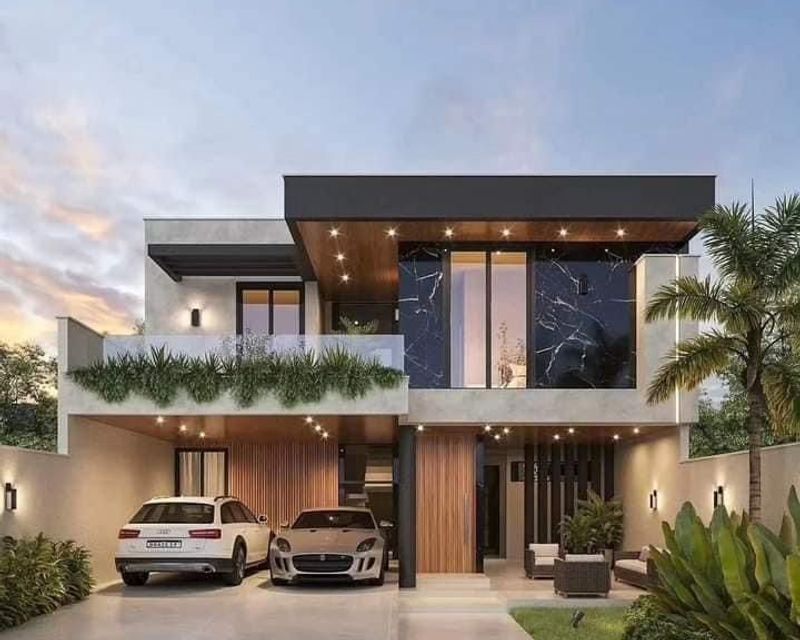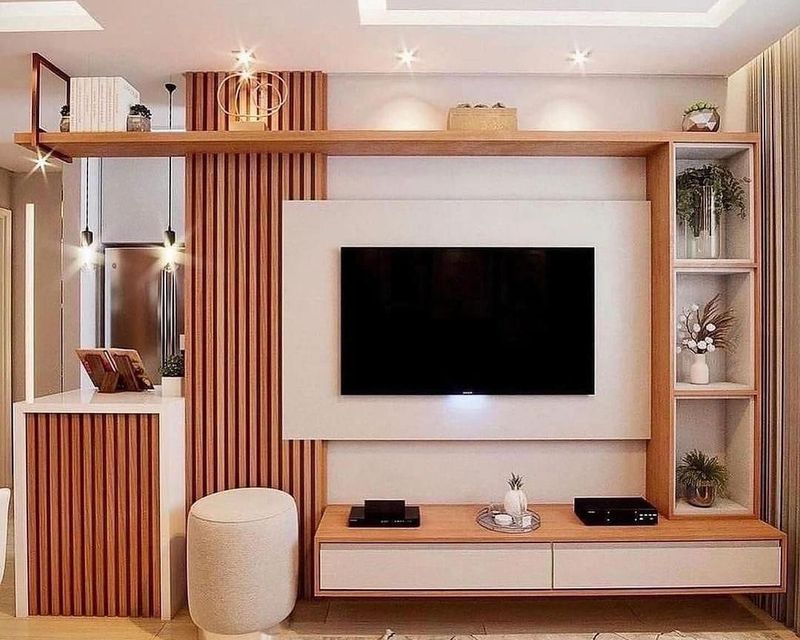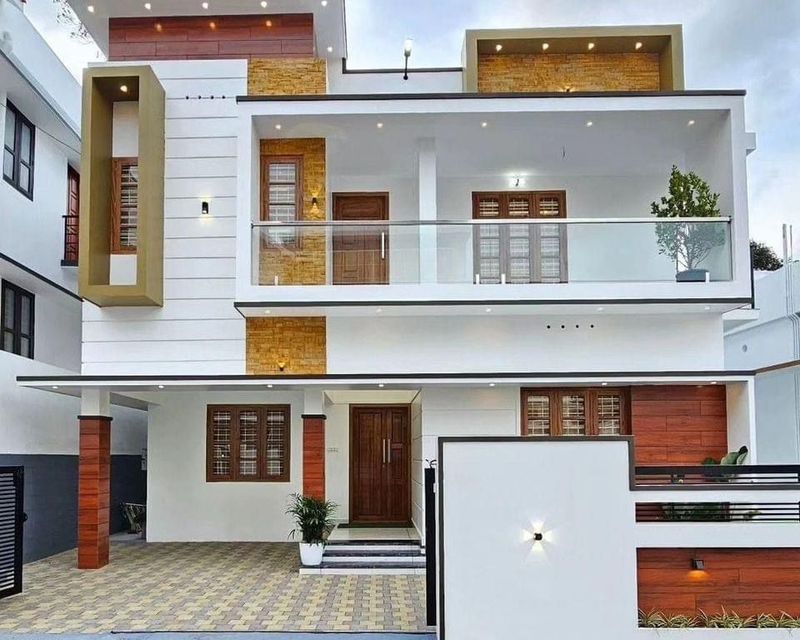Residential Building
Designing and constructing a residential building involves planning and creating a structure that provides a comfortable, safe, and aesthetically pleasing living environment. Here are key considerations and elements involved in the process:
Site Selection and Analysis:
- Choose a suitable location for the residential building, considering factors such as accessibility, proximity to amenities, local regulations, and environmental considerations.
Zoning and Regulations:
- Understand local zoning regulations and building codes. Obtain necessary permits and approvals before starting the construction process.
Architectural Design:
- Work with an architect to create a design that meets your specific needs and preferences. Consider factors such as the number of rooms, layout, architectural style, and overall aesthetics.
Structural Design:
- Collaborate with structural engineers to design a structurally sound building. Consider factors such as foundation type, load-bearing walls, and structural elements to ensure stability and safety.
Construction Materials:
- Choose appropriate construction materials based on factors like climate, durability, and budget. Common materials include concrete, steel, wood, and various types of insulation.
Energy Efficiency:
- Incorporate energy-efficient design principles, such as proper insulation, energy-efficient windows, and the use of sustainable materials. This can help reduce energy consumption and utility costs.
Interior Layout and Design:
- Plan the interior layout, considering the functionality of each space. Determine the placement of rooms, kitchen, bathrooms, and other living areas. Interior design elements include flooring, wall finishes, and lighting.
HVAC Systems:
- Design and install efficient heating, ventilation, and air conditioning (HVAC) systems to ensure a comfortable indoor environment. Proper insulation and ventilation contribute to energy efficiency.
 Amcen Homes
Amcen Homes

×







.jpeg)
.jpeg)

